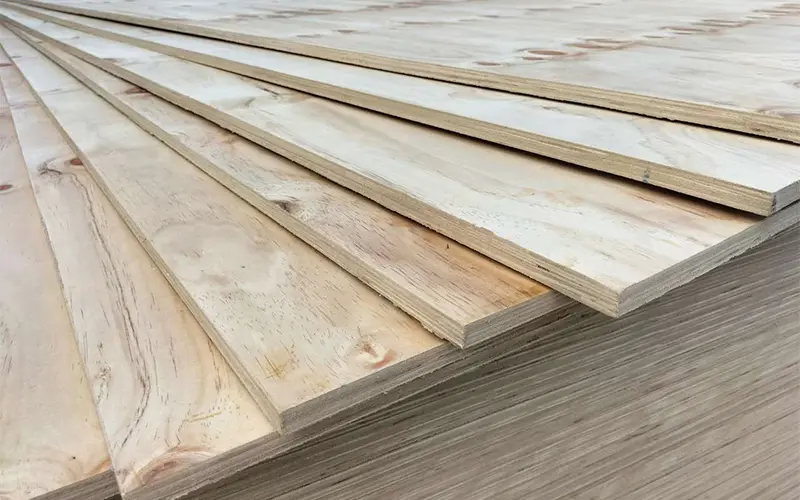Definition of Pine Plywood
Pine plywood is a type of engineered wood made from thin layers, or veneers, of pine wood that are glued together. The cross-laminated structure enhances its strength and stability, making it suitable for various applications.
Composition and Manufacturing Process
Pine plywood is typically composed of multiple layers of pine veneers, bonded with adhesive under heat and pressure. This process not only improves durability but also minimizes warping and splitting, common issues with solid wood.

Benefits of Pine Plywood
Strength and Durability
Pine plywood is known for its strength-to-weight ratio, making it a robust choice for construction and furniture projects. It resists bending and is less likely to crack under stress compared to solid wood.
Cost-Effectiveness
One of the standout features of pine plywood is its affordability. It provides an economical alternative to hardwoods, offering similar benefits at a lower price point, which is ideal for budget-conscious projects.
Environmental Benefits
Pine is a renewable resource, and the manufacturing of plywood is generally more sustainable than solid wood products. Many manufacturers use environmentally friendly adhesives and practices, further reducing their ecological footprint.
Types of Pine Plywood
Softwood vs. Hardwood Plywood
While pine plywood is classified as softwood plywood, it is often used in applications where hardwood is typically employed. Its lighter weight and ease of handling make it a popular choice for various projects.
Marine Plywood
Marine plywood is specifically designed for high-moisture environments. It is manufactured with waterproof adhesives and higher quality veneers, making it ideal for boat building and outdoor applications.
Specialty Plywood
Some manufacturers produce specialty pine plywood for specific uses, such as structural plywood, furniture-grade plywood, or decorative plywood with unique finishes.

